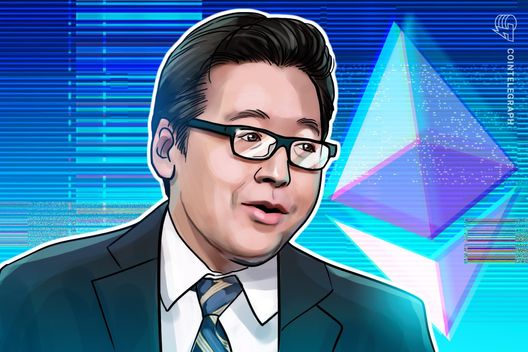News

Bitcoin reached new all-time highs in October, yet Jan3 founder Samson Mow has described the year as a “bear market” and anticipates a major bull run ahead.

A surge in stablecoins, tokenized RWAs and growing sovereign wealth fund interest could drive a major increase in Ethereum’s TVL in 2026, Sharplink’s co-CEO said.

Discounts and bundle deals were offered to mining operators, as 2025 ends on a bad note for the crypto market and the mining industry.

Fundstrat’s head of research said institutional tokenization supports a $7,000–$9,000 Ether price in early 2026 and a longer-term case for $20,000.

Need to know what happened in crypto today? Here is the latest news on daily trends and events impacting Bitcoin price, blockchain, DeFi, NFTs, Web3 and crypto regulation.

Stani Kulechov's comments followed an uproar in the Aave community about the relationship between the Aave decentralized autonomous organization and Aave Labs.

Bitcoin’s technical and onchain market structure was robust throughout 2025, but ever-shifting macroeconomic conditions eventually put a cap on BTC price. Will the trend shift in 2026?

Cryptocurrency markets experienced a modest recovery this week, but spot Bitcoin ETFs extended a five-day losing streak amid thin year-end liquidity.

The USX stablecoin briefly slipped below its dollar peg on Solana DEXs before recovering after its issuer injected liquidity into secondary markets.

Regulatory clarity in the United States and the likelihood of falling interest rates will push the crypto ETF market higher in 2026.